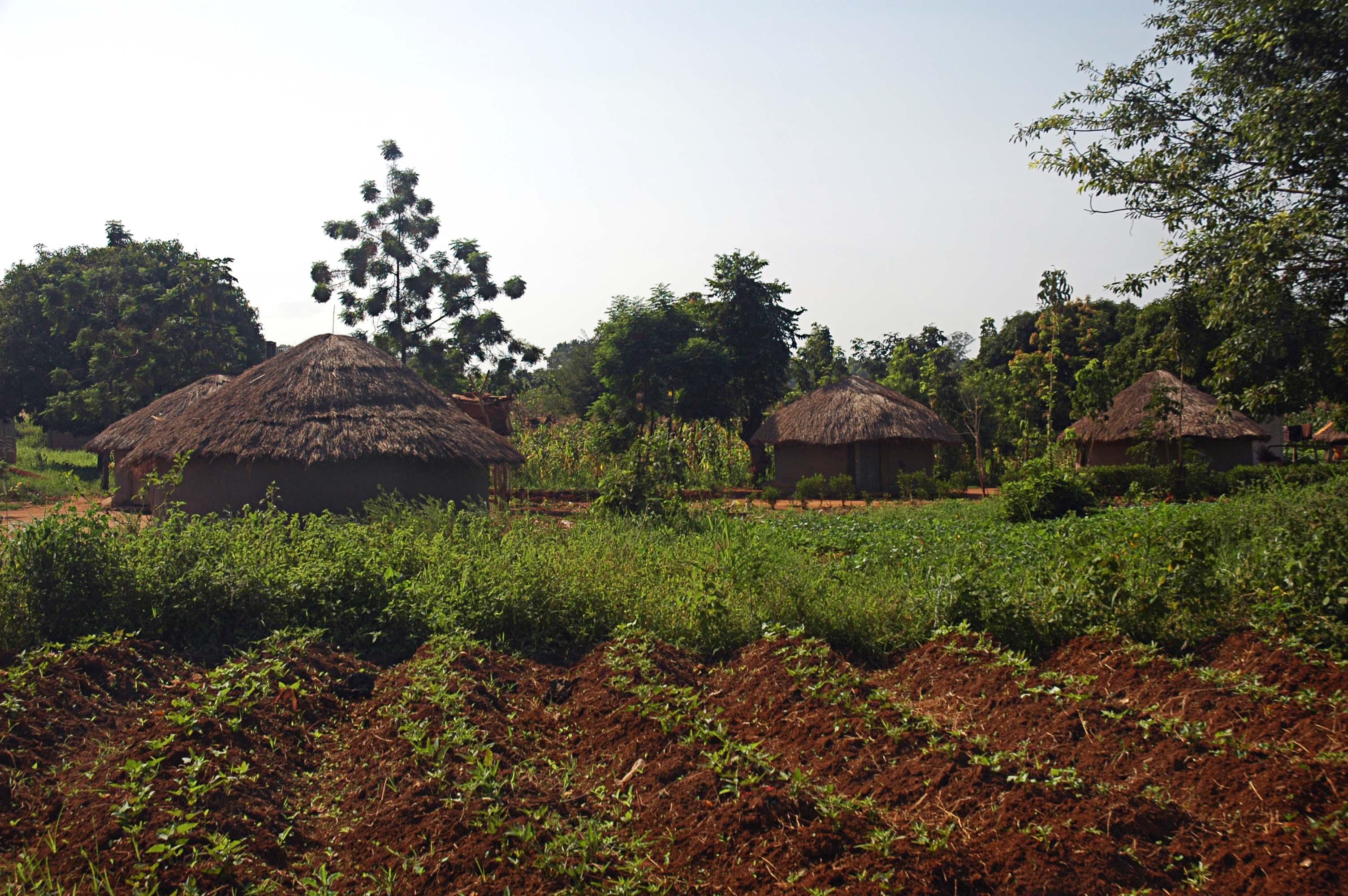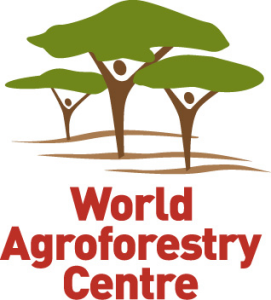
FMNR continues to spread in East Africa
January 22, 2015
| This story draws on the progress of World Vision Australia’s FMNR for East Africa project funded by the Australian Government’s aid agency |
 |
 |
 |
The FMNR for East Africa project continues to show considerable evidence of progress towards improving the status of natural livelihood assets which, combined with other factors, will lead to improved food security. There is continued evidence of community members embracing and accepting FMNR as a cost effective and quick way of addressing deforestation in their communities and therefore the adoption rate for the approach is consistently high across the four countries involved in the project (Kenya, Uganda, Rwanda, Tanzania). Requests by community members for the community-based FMNR champions to provide training and awareness on the FMNR approach continue to increase, resulting in 15,184 people trained in FMNR across the four countries.
Community members commonly cite that their desire to uptake FMNR is based on the visible transformative effects realised by early adopters of FMNR. Examples of these impacts include FMNR adoptees reporting increased quantity of forage in their pastures, resulting in increased milk production from livestock. Firewood production has also increased, which has freed time for women who hitherto had to walk long distances to fetch firewood for fuel. The freed time has been divided into more resting time for women and more time allocated to cultivating nutrient-dense vegetables in their kitchen gardens and farm plots, thus providing vital nutrition to their families.

Through the range of FMNR activities, including sensitization, mobilisation of community champions and direct training, 3537 hectares (128ha – Kenya, 2325ha – Uganda, 49ha – Rwanda and 1035ha – Tanzania) of land have been put under regeneration using FMNR procedures and practices.
At the national level, the increased uptake of FMNR by the community members has emphasized to local governments and partners that FMNR is a favourable method of achieving reforestation in a cost effective manner. Several Government entities across the four countries implementing this program have formally included FMNR in natural resource management policy and advocate its adoption. For instance in Kenya, the county governments of Baringo and Nakuru have adopted FMNR in their county development plans. Local partner organisations are also pushing for more of their staff to be trained so that they may also train others within their areas of operation. This has been quite evident in Tanzania, where Mwanga Environment Conservation Association Office (SMECAO) and FLORESTA have quickly adopted FMNR and are in the forefront of training others on FMNR in their area of operation contributing to the increased uptake of FMNR in Tanzania.
At the international level, the project has contributed in raising the awareness of the positive environmental benefits accrued from FMNR activities. This has resulted in FMNR gaining support in international arenas. The 2nd ‘Africa Drylands Week’ (held August 2014 in N’Djamena, Republic of Chad) recommended ‘a serious commitment to achieving the goal of enabling EVERY farm family and EVERY village across the drylands of Africa to practice FMNR and Assisted Natural Regeneration (ANR) by the year 2025’. The project was also instrumental in driving the FMNR concept to recognition in various forums such as the ECHO symposium held in Machakos, Kenya, and during the Caux Dialogue conference on Land and Security in Switzerland where one of the Project staff and Deputy Governor for Baringo County in Kenya participated and presented how farmers and County Government are benefiting from the low cost FMNR.
